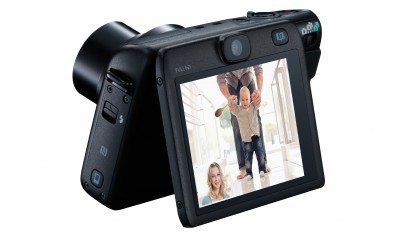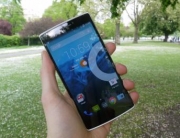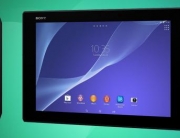
The Canon PowerShot N is a fun camera that is designed to work in harmony with a smartphone. It is designed to be easy to use, but take higher quality images than the average phone. The 12.1-million-pixel PowerShot N100 builds on this, but adds a unique feature, a second lens on the back that allows you take a selfie at the same time as photographing something else.
When the rear camera (equivalent focal length 25mm) is in use the scene framed by the lens is displayed as a picture-in-picture on the LCD screen, thus allowing both images to be previewed at the same time.

The N100 is a little larger than the N having a slightly more conventional shape and omitting the control ring around the lens. Instead there’s a shutter release button on the top-plate, which has zoom control around it. The main lens has a focal length equivalent to 24-120mm on a 35mm film camera.
Casual observers may mistake the rear lens of the N100 for a viewfinder as it is positioned exactly where you would expect a viewfinder to be and has a similar surrounding. However, images may only be composed on the rear touch-sensitive screen.

As with the N, the N100 can connect to a smartphone for image transfer and sharing. There’s also the Creative Shot mode that generates a random selection of six images from just one press of the shutter release. The camera automatically produces images with different crops and treatments. It’s fun and mildly addictive.
There are relatively few controls on the N100, but the 3-inch 922,000-dot screen is touch-sensitive and responsive. The interface is also easy to use.
Oddly, the N100’s screen can be flipped up for easier viewing from above, but it cannot tilted all the way over to make it visible from in front of the camera, which would be useful when shooting selfies with the front lens.
Early verdict
The PowerShot N100 is one of the relatively new breed of compact cameras that are designed to tackle the cameraphones’ assault on the dedicated camera market. It offers simple controls and an optical zoom. In theory its 12.1-million-pixel 1/1.7-inch CMOS sensor should enable the N100 produce better images than a smartphone, but we’ll need to test a full production sample before we know whether that is the case.
![]()












Leave A Comment